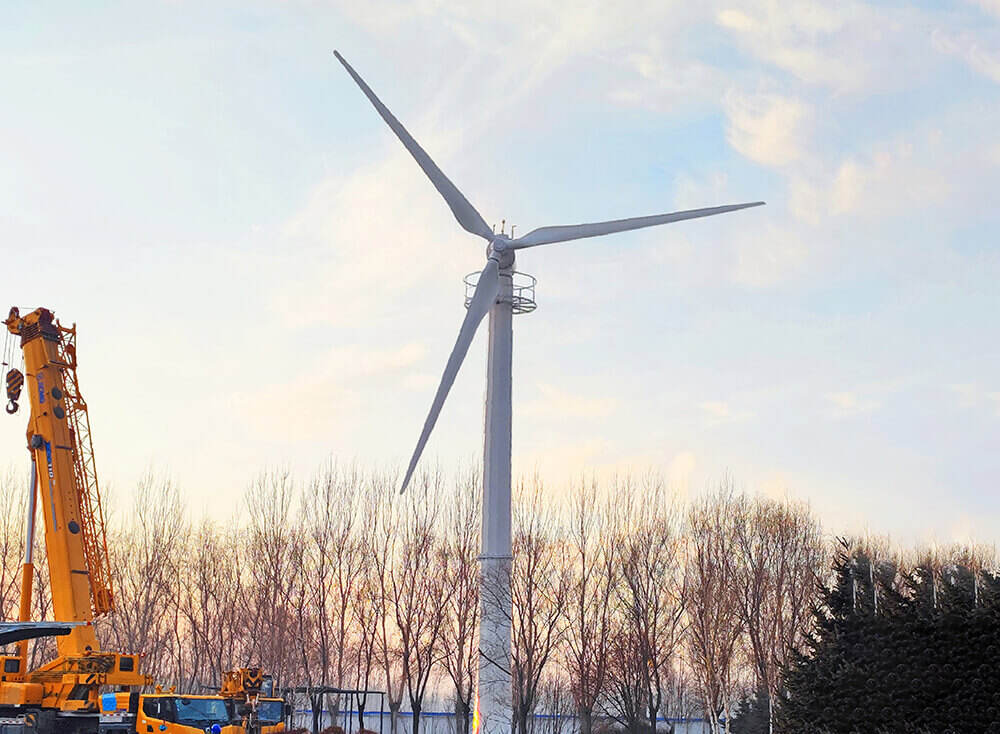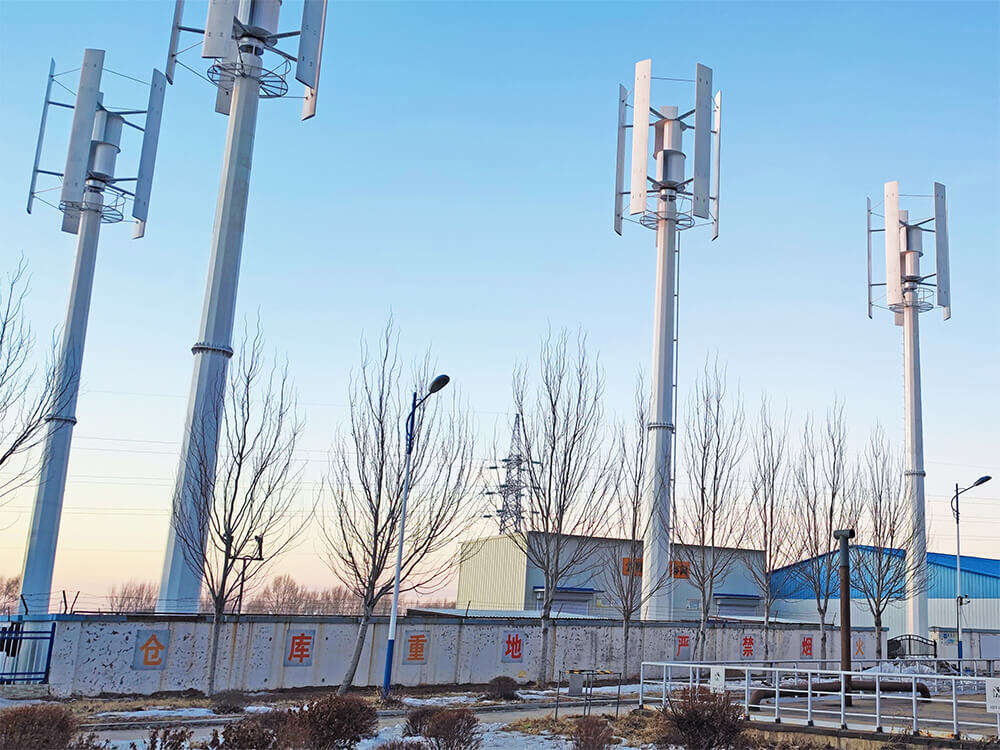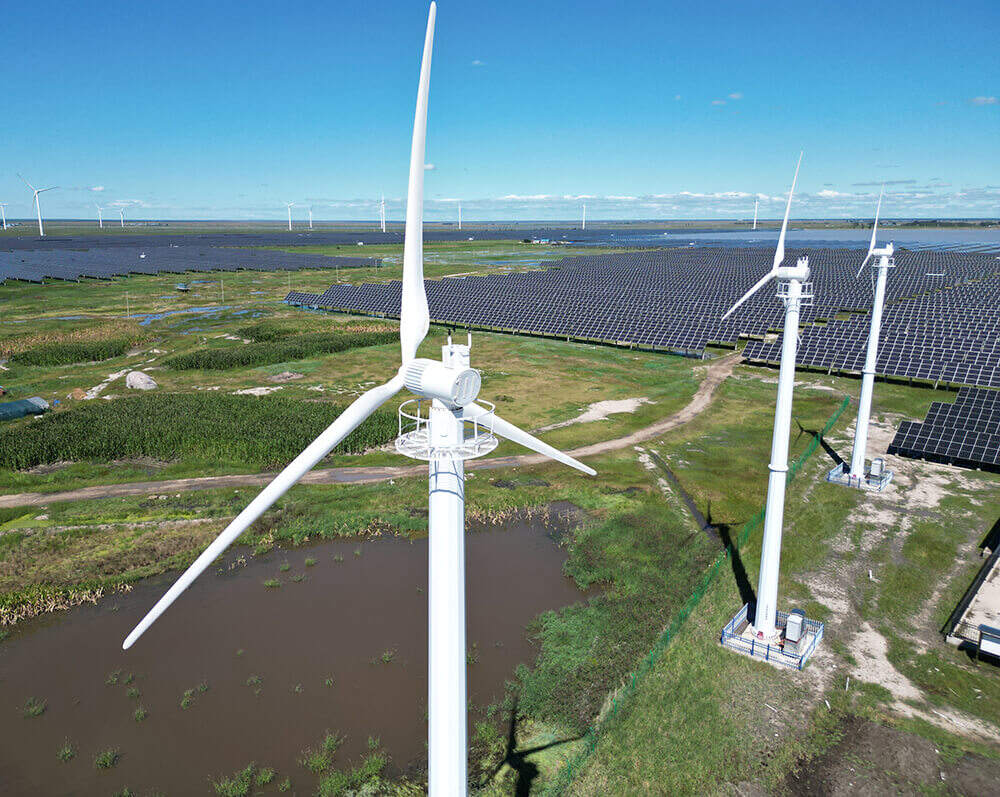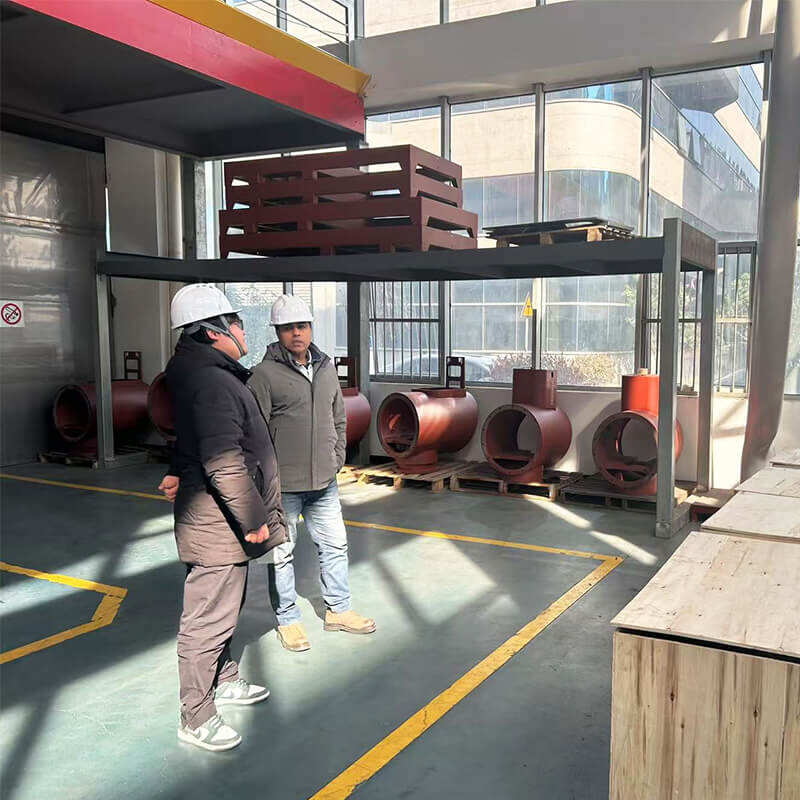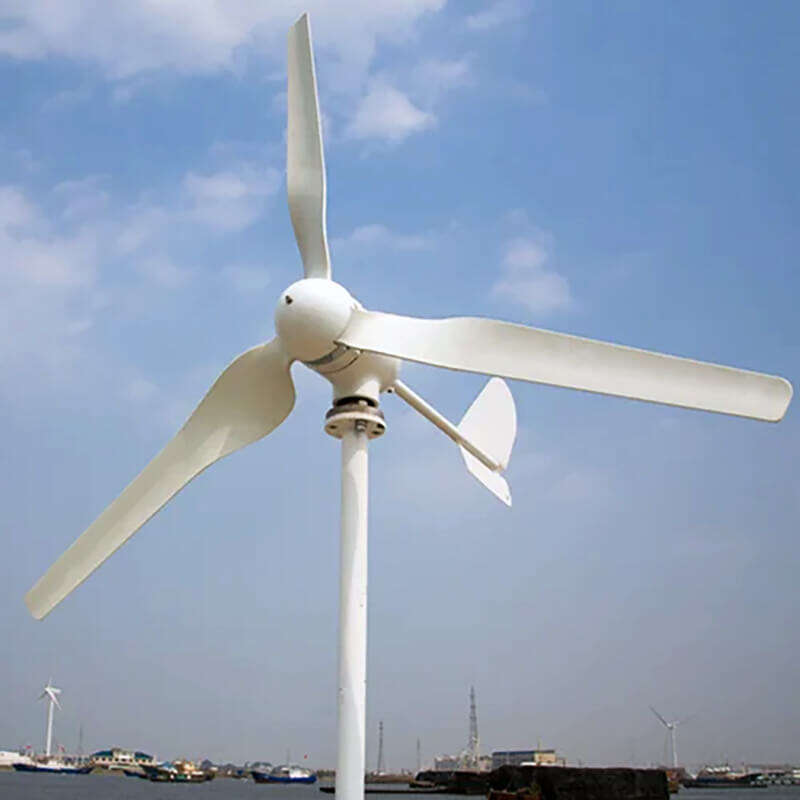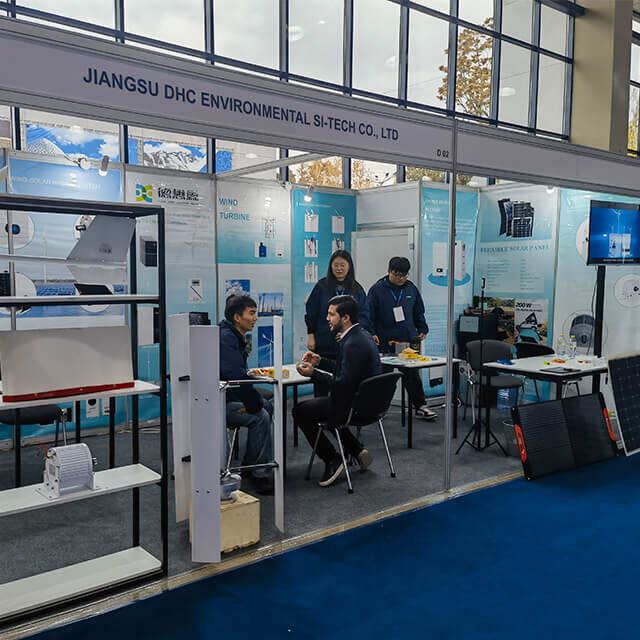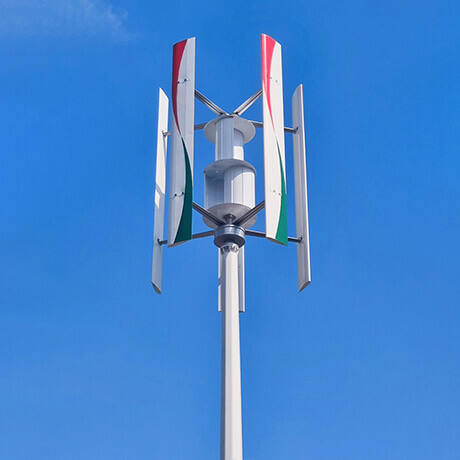Wind Turbine Spacing: How Far Apart Should They Be?
Wind turbine spacing is more about achieving maximum efficiency than it is about aesthetics.
Currently, wind turbines are spaced depending upon the diameter of the rotor. Traditionally, wind turbines are spaced seven times the diameter of the rotor. However, results from recent studies state that doubling the distance would prove the turbines to be much more cost-effective.
A wind turbine is a tall structure that uses a rotor system, internal shafts, and a generator to harness the kinetic energy from the wind and turn it into electrical power.
The wind is a renewable energy resource, capable of producing high amounts of sustainable, clean energy. It isn't reliant upon the combustion of fossil fuels and their environmentally damaging emissions.
The Placement of Wind Turbines
To maximize electrical output, wind turbines should be spaced in such a way that they capture the most wind whilst remaining unhindered by obstructions, turbulence, or drag.
Wind farms are designed in such a way that one wind turbine doesn't block the flow of air from the next, thus enabling each to capture the greatest amount of kinetic energy from the wind as possible. For this reason, some regulations should be adhered to.
The blades of a wind turbine should be at least 29.5 feet above any obstacle. If you have ever seen a turbine mounted on tall, structural support, this is why. It probably needs to gain clearance height above farms, ranches, and the power station.
The blades of a wind turbine should be at least 492.1 feet away from the nearest obstacle. Turbines should be installed this distance from other buildings and structures for safety reasons and to prevent wind flow obstruction.
Wind Turbine Spacing: Current Configurations
Optimum wind turbine spacing ensures the landowner maximizes their space. It also helps to minimize any noise from the turbines. This will only work if they are correctly spaced and are subject to changing wind conditions.
The ideal distance between wind turbines varies, not only between countries, but states, cities, and even small towns.
Each wind farm responds to its defining factors, which include wind speed ratios and direction, size and type of the turbine, and land costs.
It has long been believed that distances between 6 and 10 times the diameter of the rotor are optimal, with most wind farmers and directors settling on 7 times the distance.
Therefore, if the rotor diameter of a wind turbine is 275 feet, multiplying that by 7 results in the distance apart the wind turbines should be.
275ft. x 7 = 1925ft.
This configuration has proved successful, when wind flow has been favorable, for very many years.
The Benefits of Improved Wind turbine Spacing
Close turbines that are in line with prevailing winds still allow the turbulent air leaving their blades to pass on significant amounts of turbulence when entering the next turbine.
This creates noise issues as it is too difficult to contain large amounts of sound.
The additional vibration created by the turbulence also shortens the life of many internal components. Bearings, brakes, and rotational parts all become more prone to breakage, catastrophic failure, and in some cases, fire.
Overall, wind turbines separated by less than 15 times their rotational diameter will have a shorter useful life than those spaced further apart.
Final Thoughts
Wind turbine spacing isn't about seeing how many turbines can be crammed into a given space, instead, it is the most efficient arrangement of said turbines to turn moving air into power.
As a company engaged in the new energy industry for decades, if you have any questions about wind turbine installation or other aspects, DHC welcomes you to contact us at any time.


